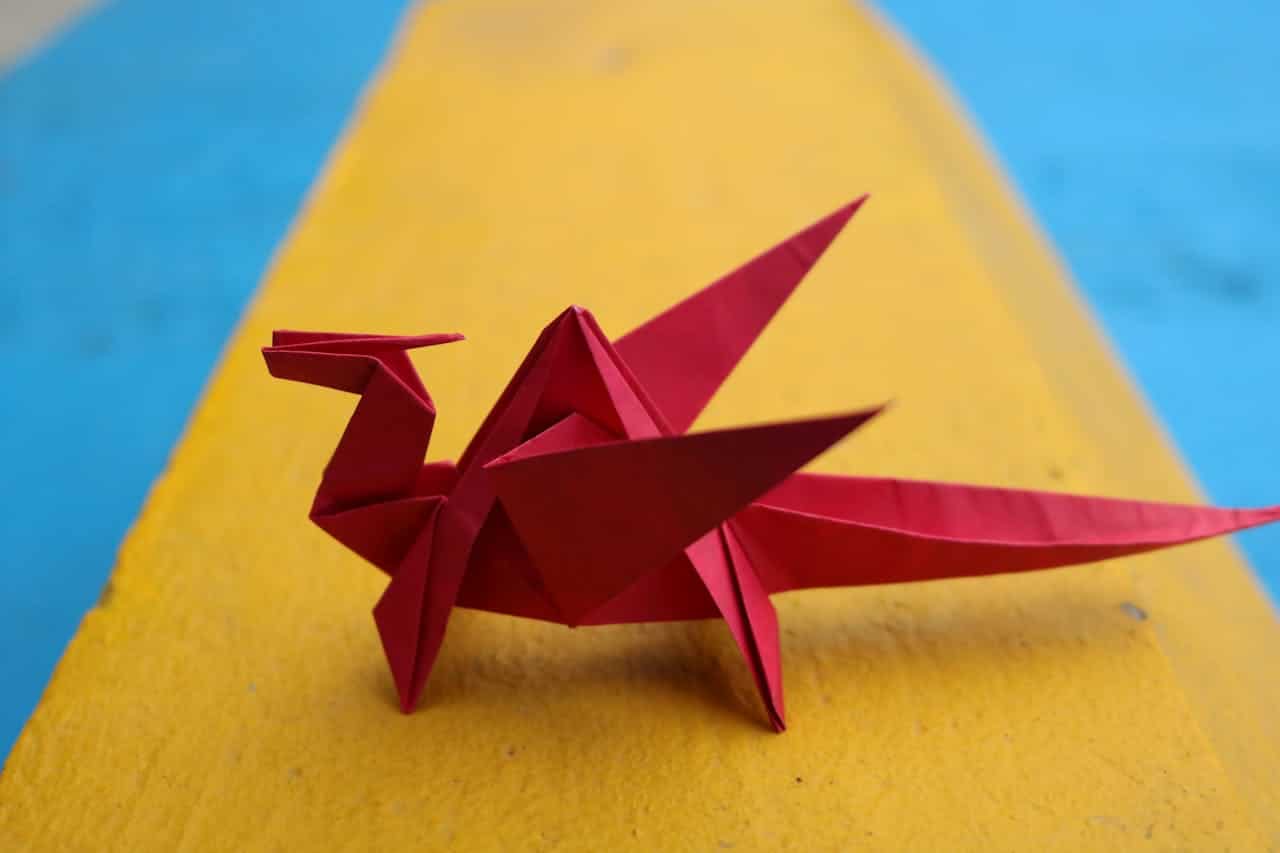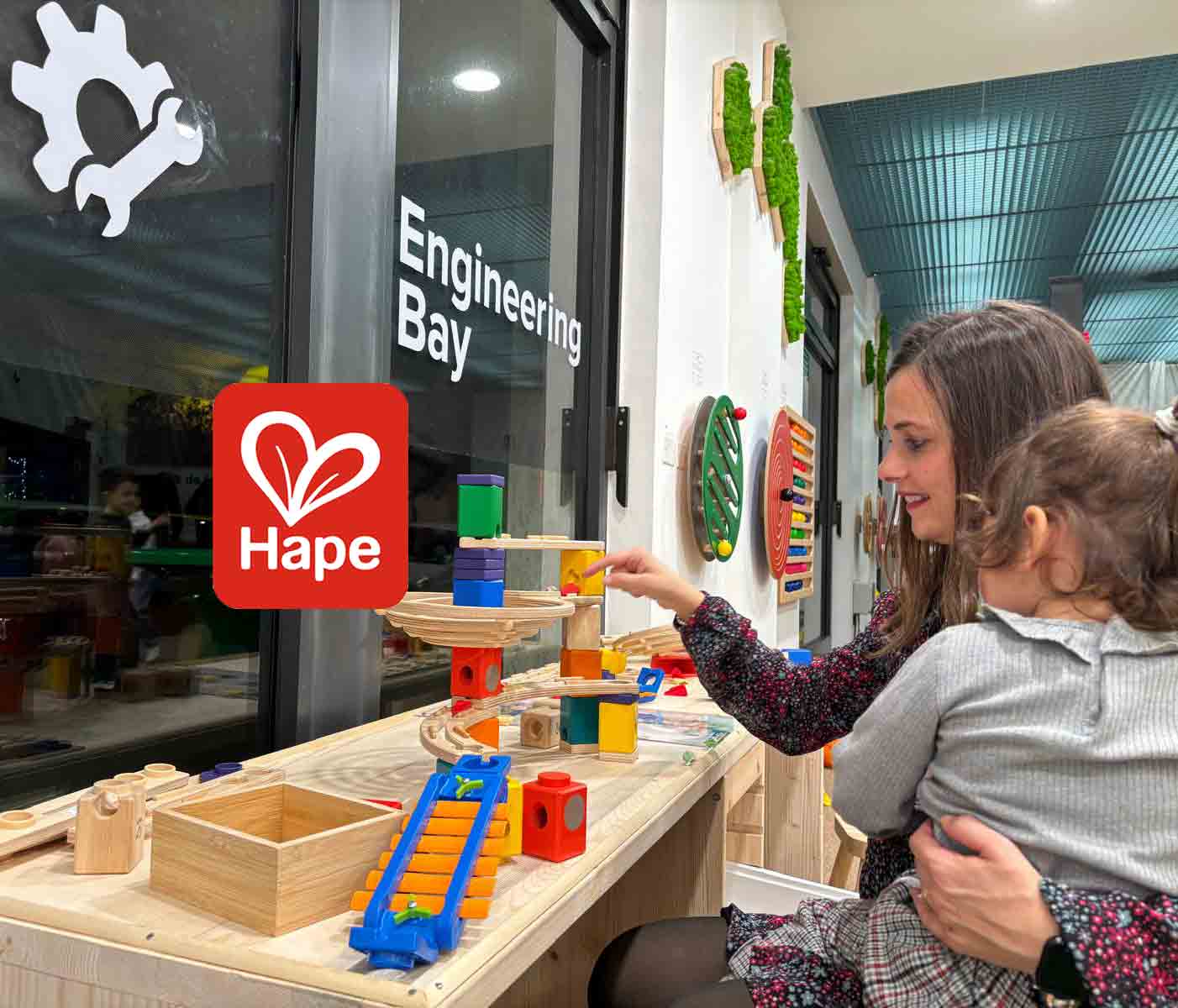In today’s fast-paced, tech-driven world, finding meaningful activities that encourage creativity, focus, and family bonding is a challenge. As parents seek alternatives to screen time, the ancient Japanese art of origami provides an ideal solution. Origami is not just a fun activity; it offers developmental and educational benefits for children, making it a fantastic way to engage their minds and hands.
This article explores why you should do origami with your kids and provides trusted online resources to guide you, matched with each section to enhance your family’s experience.
Origami Encourages Creativity and Imagination
One of the greatest benefits of origami is how it stimulates creativity and imagination. Armed with just a sheet of paper, children can turn simple folds into intricate shapes like animals, flowers, or even imaginary creatures. This tactile art form offers endless possibilities for creative expression, allowing kids to explore their own designs or transform basic models into something unique.
In a world where children often consume content passively—through TV or video games—origami gives them the chance to be creators. This builds their confidence and fuels their imagination, helping them see the potential in simple materials. A site like Origami Way is perfect for this, as it provides simple, fun designs like frogs, airplanes, and flowers that young children can create easily. The easy-to-follow instructions make it accessible for beginners, gradually moving on to more complex designs as your child’s creativity flourishes.
Improves Focus and Patience
Origami is a great way to teach children focus and patience—two skills that are essential for success in life. Folding a piece of paper requires concentration and the ability to follow step-by-step instructions carefully. Children learn to slow down, focus on each fold, and work through challenges with persistence. In today’s world of instant gratification, this activity teaches them the value of careful attention and delayed rewards.
Each successful origami project requires a sequence of folds, which helps kids develop the ability to stay on task and see a project through to completion. As their skills progress, so does their ability to concentrate for longer periods. Origami Instructions is an excellent resource for this, providing clear, step-by-step diagrams that are easy for kids to follow. Organized by difficulty level, the site allows children to start with simple models and gradually build their patience and attention to detail.
Promotes Fine Motor Skills and Hand-Eye Coordination
Origami is a hands-on activity that directly enhances fine motor skills and hand-eye coordination in children. As they fold, crease, and manipulate paper, children refine their small motor movements, gaining better control over their hands and fingers. This is particularly helpful for younger children, as these skills are crucial for tasks like writing, drawing, and even using utensils.
For older children, the challenge of creating more complex models can push their motor skills even further. The need for precise folds and careful handling of paper improves their ability to handle detailed tasks. Origami Club is an ideal website for this development, offering animated step-by-step instructions that are especially useful for younger children who benefit from visual guidance. The combination of printed diagrams and animations helps kids practice precise hand movements while improving coordination.
Fosters Problem-Solving and Mathematical Skills
Origami is more than just an artistic activity—it also introduces children to math and problem-solving skills. By folding paper, children begin to understand concepts like symmetry, fractions, geometry, and spatial reasoning. Each origami model requires a sequence of logical steps, which helps develop their ability to think critically and solve problems.
As kids work through more complex origami designs, they encounter the need to fold precisely and recognize patterns. This teaches them to think ahead and solve problems by figuring out how different folds contribute to the final shape, making origami an excellent tool for building math skills in a practical, hands-on way. Origami.me is a fantastic resource for fostering problem-solving and math skills. The site offers a wide range of diagrams and crease patterns, allowing children to challenge themselves with more advanced models. The focus on categorizing origami by difficulty and theme helps children gradually build their problem-solving abilities while understanding geometric concepts.
Teaches Mindfulness and Stress Relief
Origami can also serve as a form of mindfulness and stress relief. The repetitive, focused nature of folding paper allows children (and adults) to slow down and concentrate on a single task. This mindful attention helps reduce stress and anxiety, making origami a calming, meditative activity.
Children who are overwhelmed by schoolwork or overstimulated by screens can benefit from the peaceful rhythm of origami. The satisfaction of creating something with their hands helps to release tension and provide a positive outlet for emotions. Paper Kawaii is an excellent choice for children (and parents) looking for a calming, creative activity. The website offers beautiful, aesthetically pleasing origami designs that promote mindfulness. The soothing designs and clear photo and video tutorials make it easy to immerse oneself in the folding process, providing a relaxing and stress-relieving experience.
Encourages Family Bonding and Communication
Origami is a fantastic way for families to spend time together. Whether you’re working on a simple model with a preschooler or tackling a more advanced design with an older child, origami promotes cooperation, communication, and teamwork. As parents and children fold together, they share ideas, ask questions, and encourage each other, strengthening family bonds.
Doing origami as a family creates opportunities for discussion and learning. It’s a great way to model patience and problem-solving while spending quality time together. Plus, children love to show off their finished models, giving them a sense of accomplishment and creating shared family memories. Art for Kids Hub is a wonderful YouTube channel that offers fun, interactive origami tutorials aimed at kids and families. The videos are designed to be followed by both children and parents, making it a perfect tool for family bonding. The engaging, easy-to-understand videos encourage collaboration and fun, making it an ideal resource for spending time together as a family while learning origami.
Conclusion
Origami offers more than just fun; it’s a meaningful, hands-on activity that helps children develop essential life skills. From boosting creativity and imagination to teaching focus, patience, and fine motor skills, origami has a lasting impact on a child’s growth. It also fosters critical thinking, math skills, and emotional mindfulness, making it a well-rounded activity that benefits both the mind and body.
Best of all, origami is an activity that brings families together, offering opportunities for communication, cooperation, and shared joy. Learning origami has never been easier or more enjoyable. So why not grab some paper, sit down with your kids, and start folding? The educational, emotional, and familial benefits of origami are waiting for you!



